Maple and birch are popular for their color and durability. People often use them for flooring, tables, accents, and trim. When making the choice between maple vs. birch plywood, homeowners need to consider the difference in color, function, and cost.
In This Article We'll Discuss
Plywood
Before comparing maple and birch, you have to consider that the quality of plywood itself can vary dramatically.
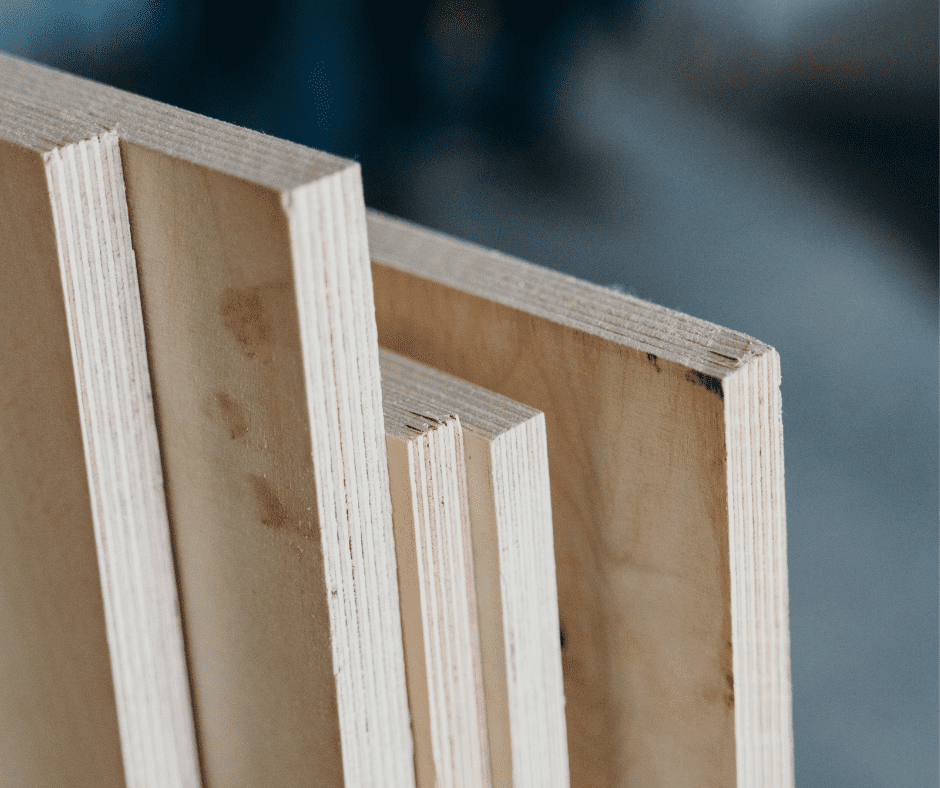
Plywood is made up of thin layers of wood veneer, called plies, that are pressed together with the direction of the grain alternating. This forms a stronger and more flexible board. The core can vary in quality and material. High quality plywood is strong, reliable, and beautiful.
Maple
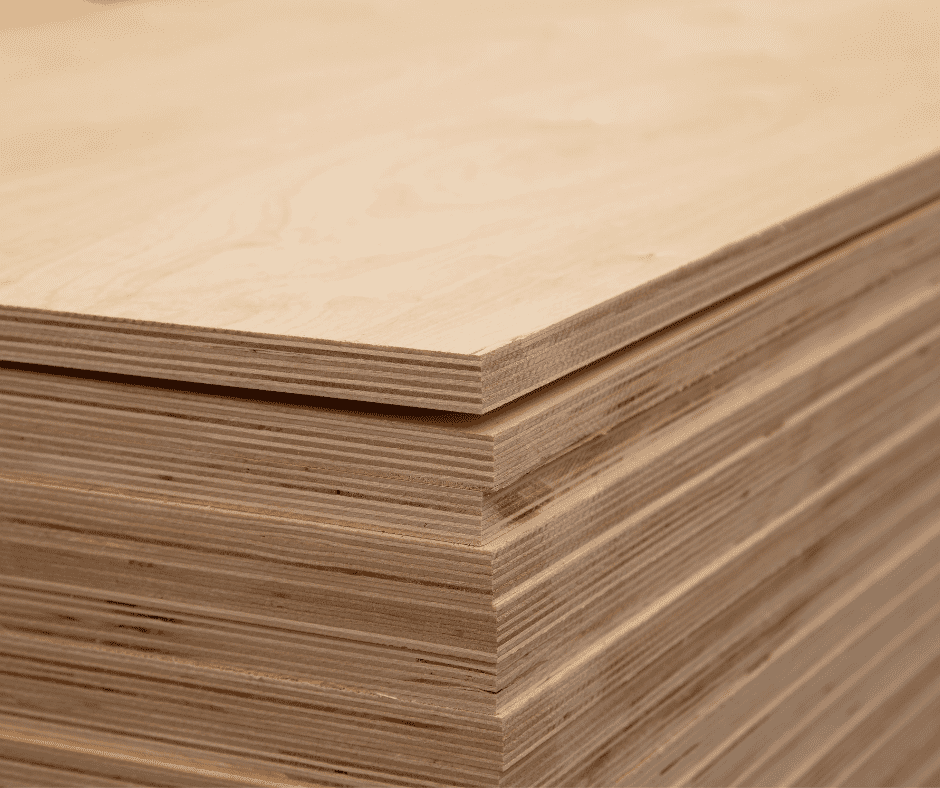
Soft maple and hard maple are the important types to know. Maple has some beneficial properties that may make it the right choice for your home:
Pros of Maple
1. Color and Personality: Maple is a light colored wood that ranges from off-white to light-amber. The personality of the grain is subtle, but it does have the occasional swirl. Modern and contemporary homes gravitate toward maple because of its monochromatic tone.
2. Durability: With a rating of 1450 on the Janka Hardness Scale, maple is considered a durable wood. Maple can withstand a high level of impact making it resistant to scratches and dents.
3. Resilient: Maple plywood can withstand changes in moisture levels and temperature. So, maple plywood is resistant to warping and shifting. Even outdoors, maple is resistant to rot and pests. It’s a great choice for kitchens, bathrooms, and patio furniture.
4. Maintenance: Maple is easy to clean with regular dusting and the occasional damp cloth.
5. Sustainability: Maple trees grow in abundance and they have a low carbon footprint to manufacture. Maple is considered sustainable.
Cons of Maple
1. Exposes Imperfections: The light color and subtle grain pattern expose even small scratches or stains. A darker wood hides imperfections better than the light maple tone.
2. Staining: Maple is one of the trickiest woods to stain. The grain is dense and tight so the stain doesn’t absorb evenly.
3. Tough to Work With: A hard maple is notably trickier to work with. It has a tendency to dull tools.
Birch
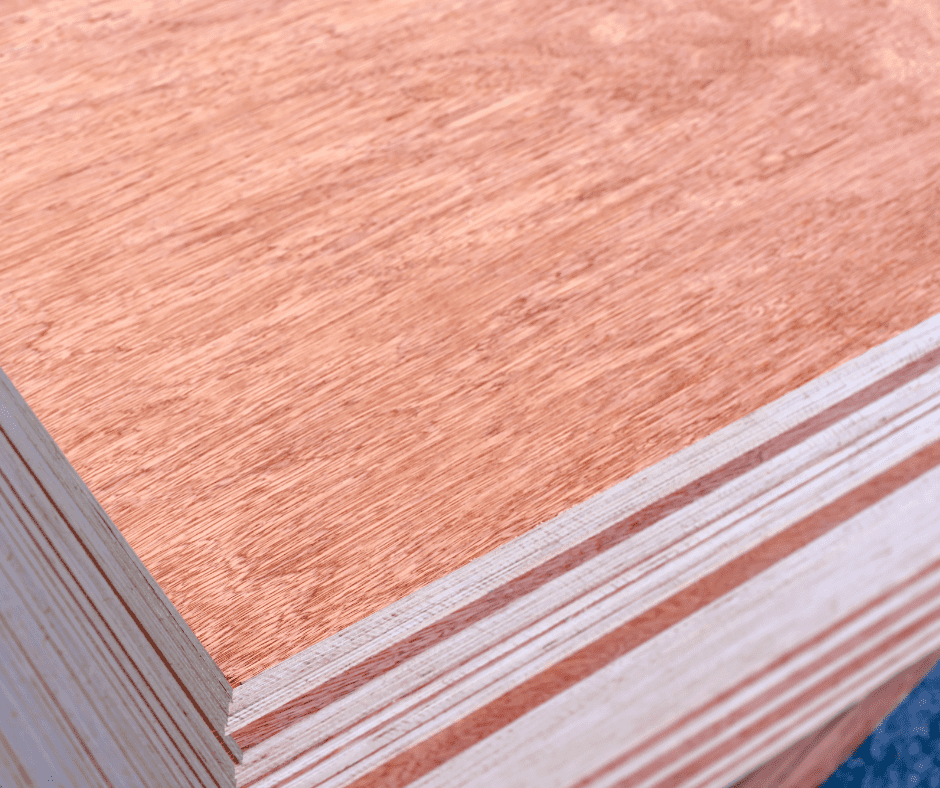
There are nine types of birch; the most popular are Yellow Birch, Baltic Birch, and Red Birch. All types of birch share these qualities:
Pros of Birch
1. Color and Personality: Birch offers a slightly darker amber hue and complex grain patterns. Homeowners who like medium-dark tones tend to like birch.
2. Durability: With a 1260 on the Janka Hardness Scale, birch is not as tough as maple, but still durable. The darker hue and complex grain patterns hide scratches, dents, and stains.
3. Resilient: Birch is resistant to moisture levels and temperature changes. Warping and shifting isn’t a concern indoors. Also, birch is great for kitchens and bathrooms.
4. Maintenance: Birch is easy to maintain through regular dusting and cleaning with a damp cloth.
5. Sustainability: Birch trees grow quickly and in abundance. Their removal has little impact on the surrounding biodiversity.
6. Stain: Staining birch can be tricky, but when properly treated, the plywood absorbs color much better than maple.
Cons of Birch
1. Perishable: When exposed to weather, birch is more susceptible to rot and attracts bugs. Birch wood will do well inside, but will wear away when exposed to the elements.
2. Delicate: Birch is more delicate to work with than maple, and it’s more prone to ripping or tearing. The positive side is that it doesn’t shatter as easily as oak or ash, and it doesn’t dull tools as quickly as maple.
3. Color: The most popular aversion to birch is the darker color and personality of the grain.
Is Birch as Strong as Maple?
Birch is not as strong as maple. Initially, a harder wood may seem better, but a softer wood can be easier to work with, cheaper, and just as functional. Soft maple and yellow birch are perfectly functional for flooring, cabinets, furniture, and details.
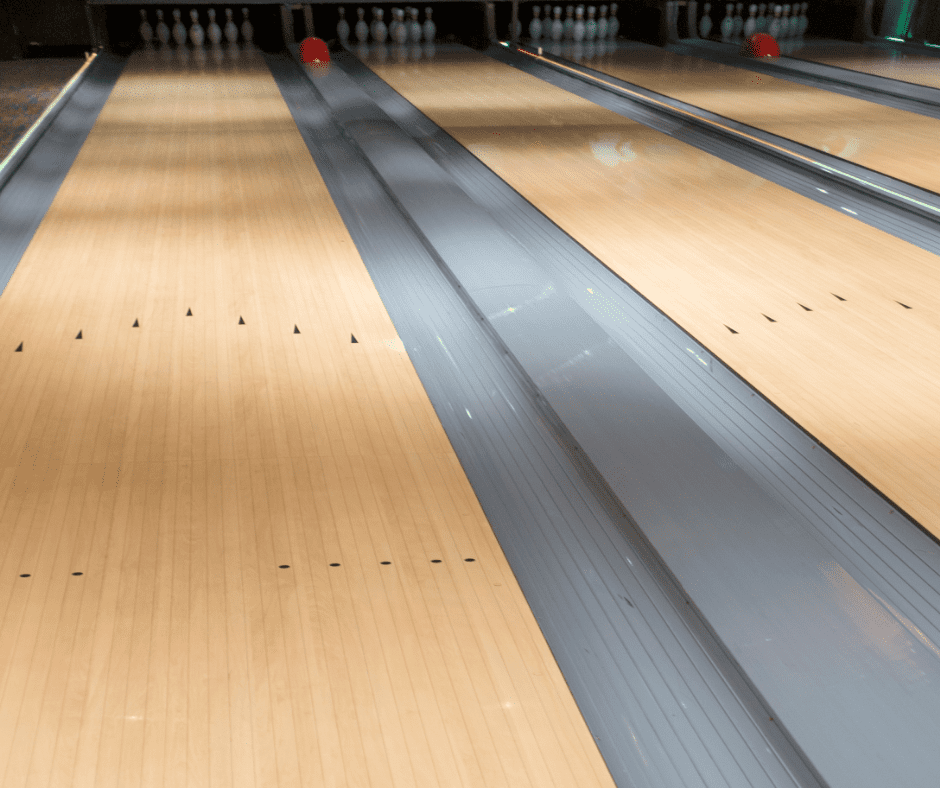
The strength of hard maple is next level. People don’t find it as beautiful as soft maple and it is more expensive. It’s not everyone’s choice for home furnishings, but it’s great for bowling alleys, dance centers, and chopping blocks.
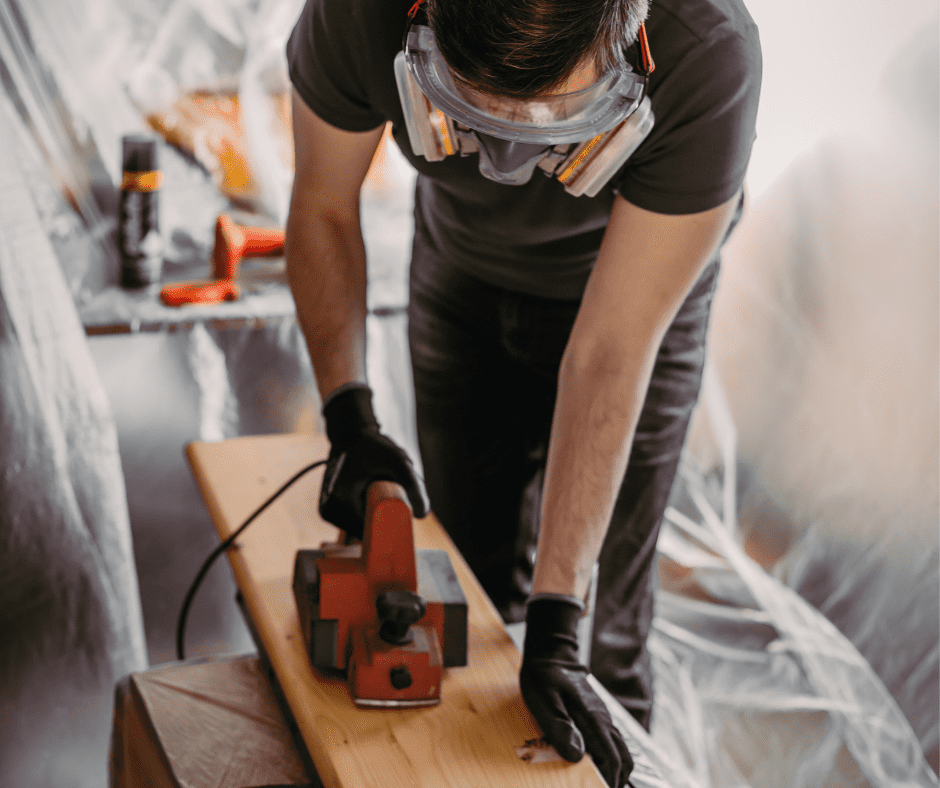
Soft maple and birch both offer a range of strengths. However, for everyday purposes, soft maple or yellow birch are great to work with and offer a high level of durability.
How Can You Tell the Difference Between Birch and Maple?
In their natural state, birch and maple plywood look very similar. Untreated, they are both light in color and similar in texture. But, there are some subtle distinctions you can look for:
Color and Pattern
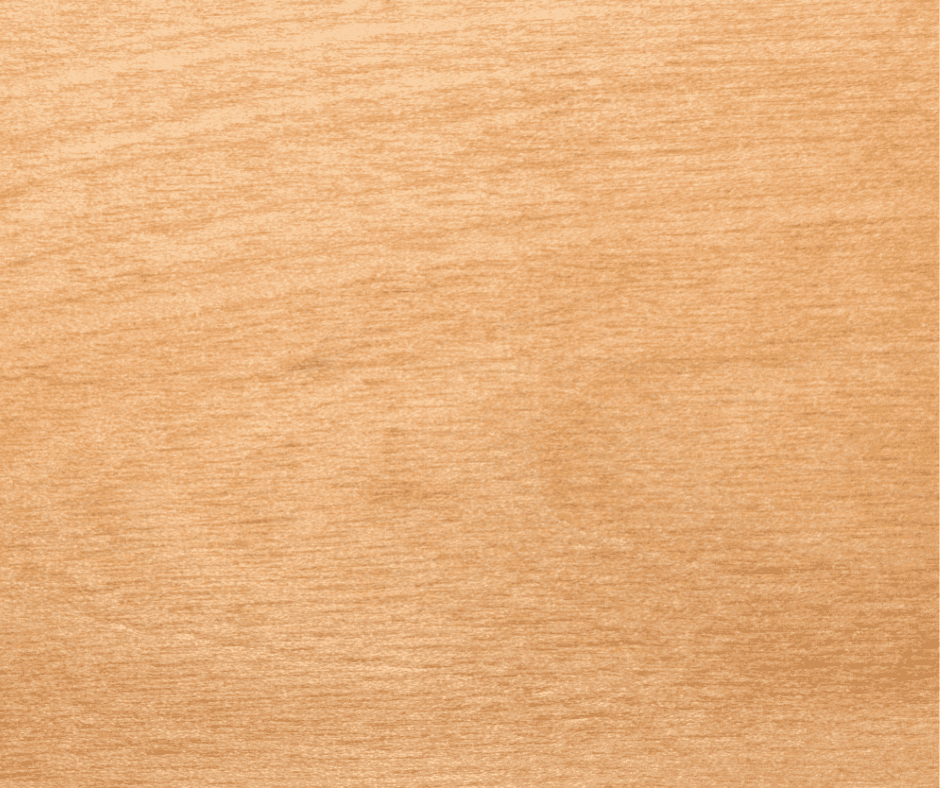
Maple comes in a more consistent white tone with subtle accents. Birch has a slight amber hue and more accents in its pattern.
Grain Cathedrals
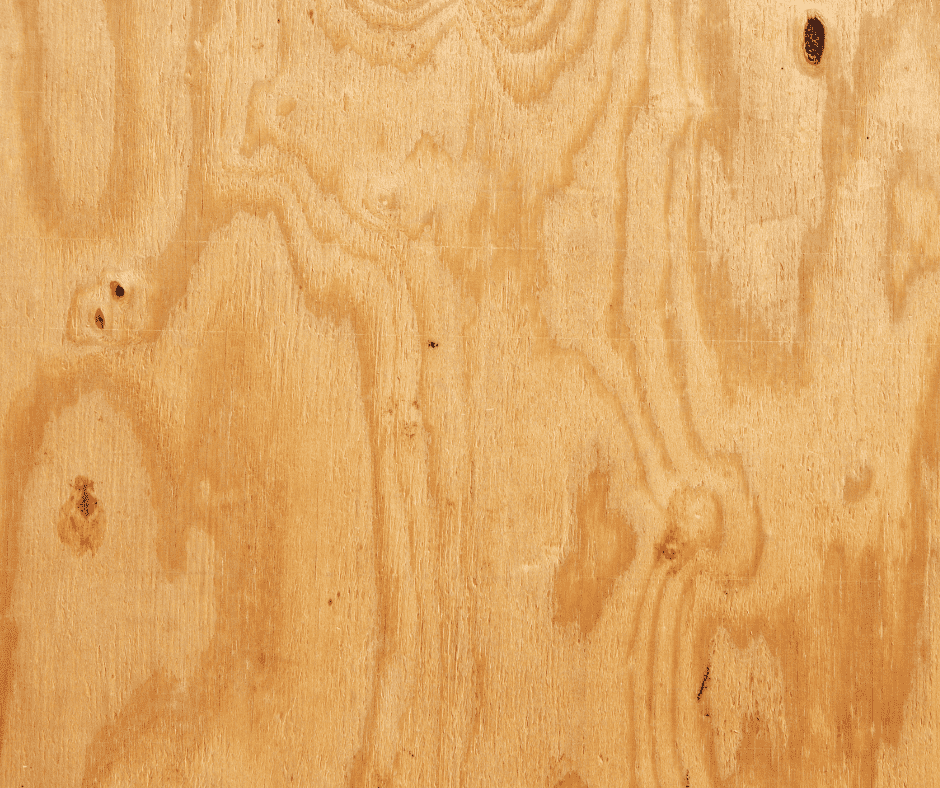
When looking at the grain cathedrals, you will notice that the peaks on maple are more rounded and the peaks on birch are sharp and jagged.
Pores
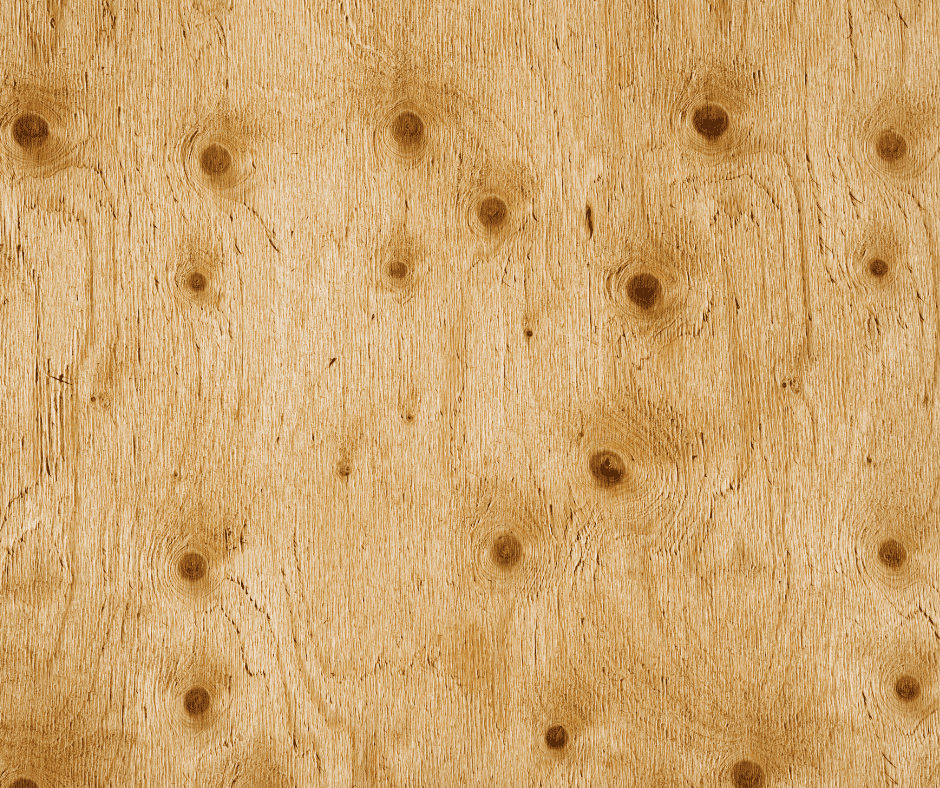
The pores of birch are bigger than those of maple. These are most distinct when comparing birch to a hard maple, and less distinct when comparing to a soft maple.
Most people have trouble telling the difference between birch and maple plywood, so checking with a professional before buying is always recommended.
What Stains Better: Birch or Maple?
Staining Birch
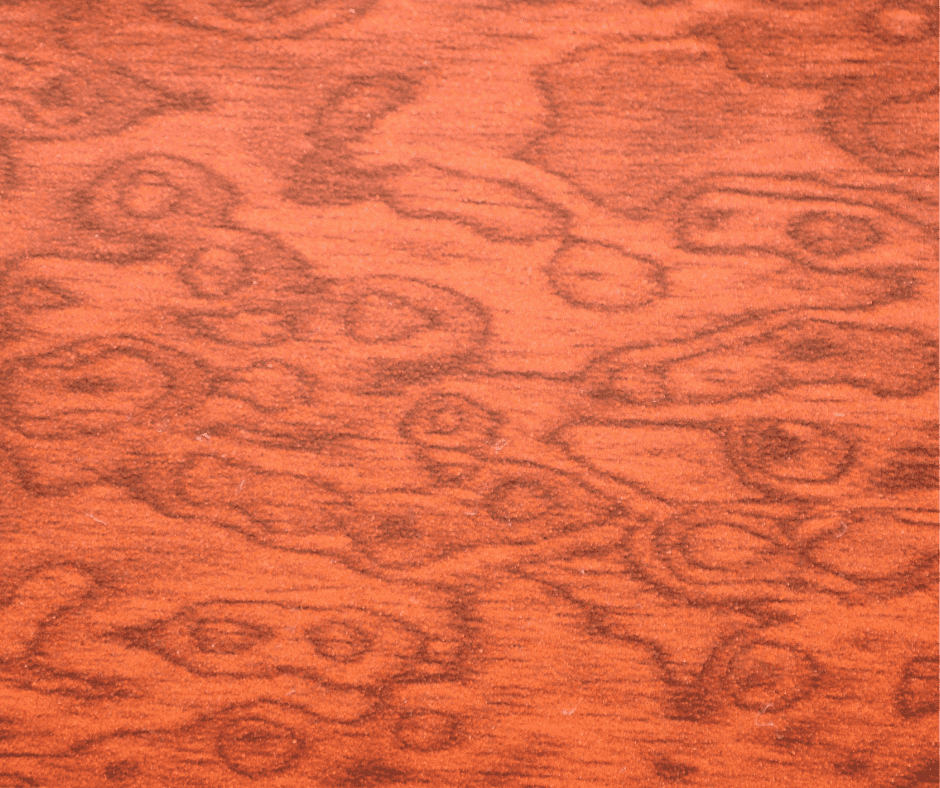
Birch is considerably easier to stain than maple. The pores in birch are larger and absorb stain more evenly. In fact, staining birch can highlight the grain pattern and enhance its natural beauty.
Staining Maple
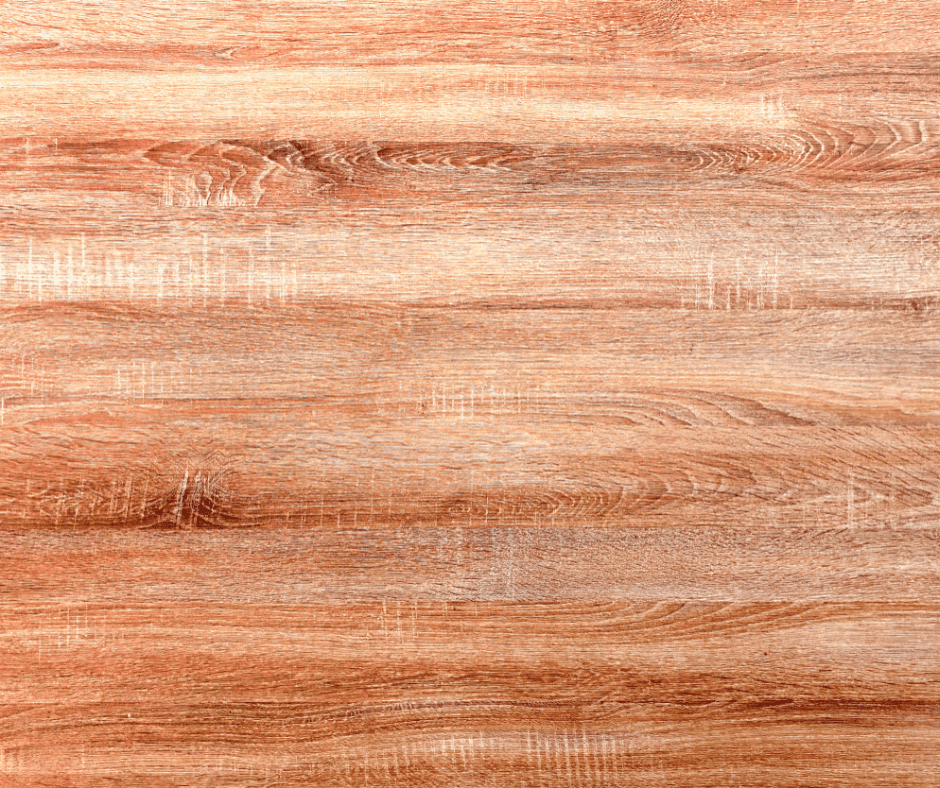
You can stain soft maple well with proper treatment, but people still report blotches and obvious imperfections after staining the wood. Maple has smaller pores and has a hard time absorbing the stain evenly. A clear glossy finish allows the soft natural tones in maple to shine through.
Is Birch or Maple More Expensive?
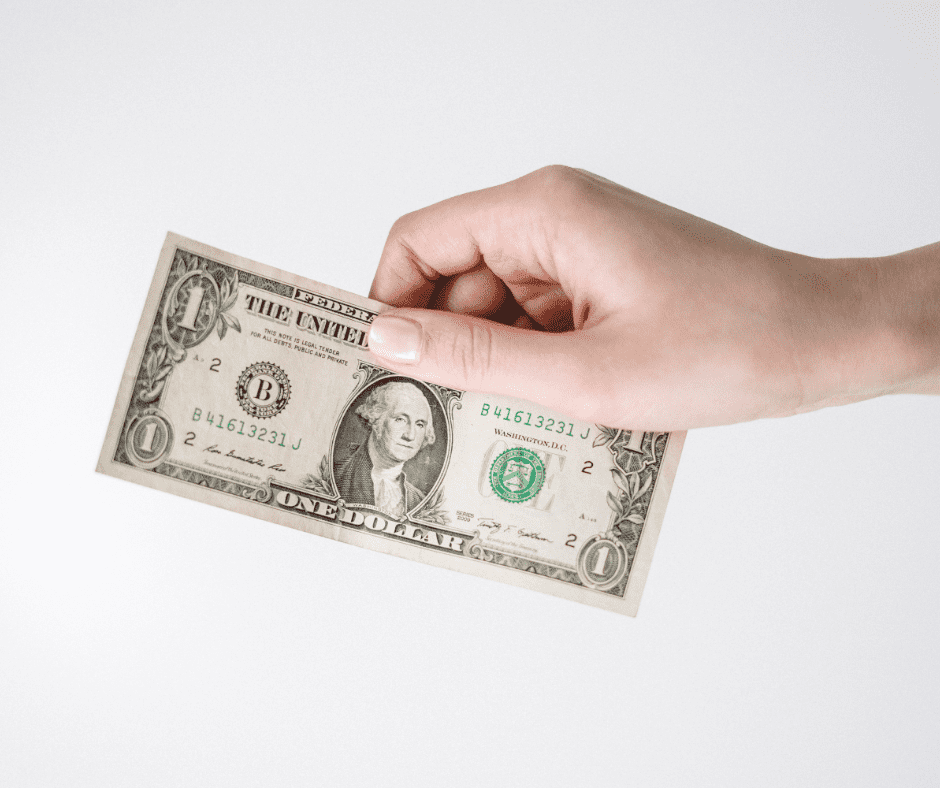
Maple and birch both grow in abundance and are affordable compared to some more exclusive woods, like cherry and walnut. Maple is more modern and is in high demand, which is why it’s more expensive. Birch is more affordable because the natural character of the grain is not as even as that of maple.
Conclusion
Maple and birch are compared so often because they’re so similar. The differences that people consider when choosing between the two are in color, functionality, and cost.
The light color and consistency of maple is great if you are making a small space feel bigger, but it’s not ideal for hiding scratches, stains, or wear and tear. Maple is not as cost-efficient as birch, but is a popular choice for high end furniture and high impact flooring. Maple is popular for those that need its density and prefer it’s color.
Maple and birch offer similar qualities, with slightly different characteristics and costs. Choose the right one for you by focusing on your lifestyle, budget, and design preferences.

